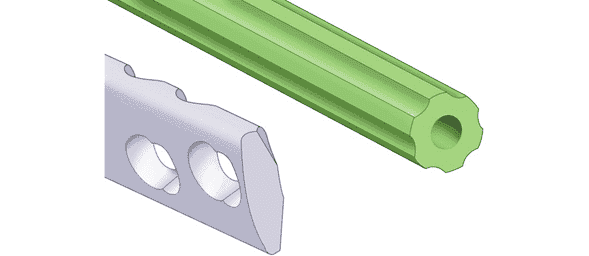Understanding Plates in Orthopedics: FRCS (Tr & Orth) Oral Examination Concepts
Plates: FRCS (Tr & Orth) Oral Examination Concepts
Plate Description

Sample Plate
EXAMINER: What is this plate?
Beam Orientation and Moment of Inertia

Biomechanical comparison of plate vs IM nail
EXAMINER: What happens to the moment of inertia if you place a rectangular beam 2x4 on its edge rather than on its side?
IM Nail vs Plate

Biomechanical differences between a plate and IM nail
EXAMINER: What are the biomechanical differences between an IM nail and a plate?

